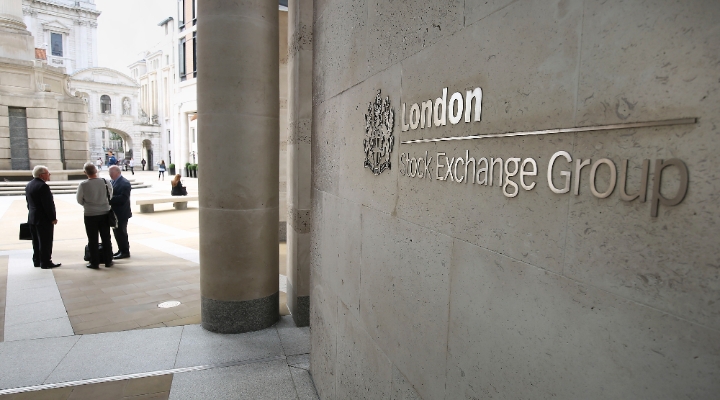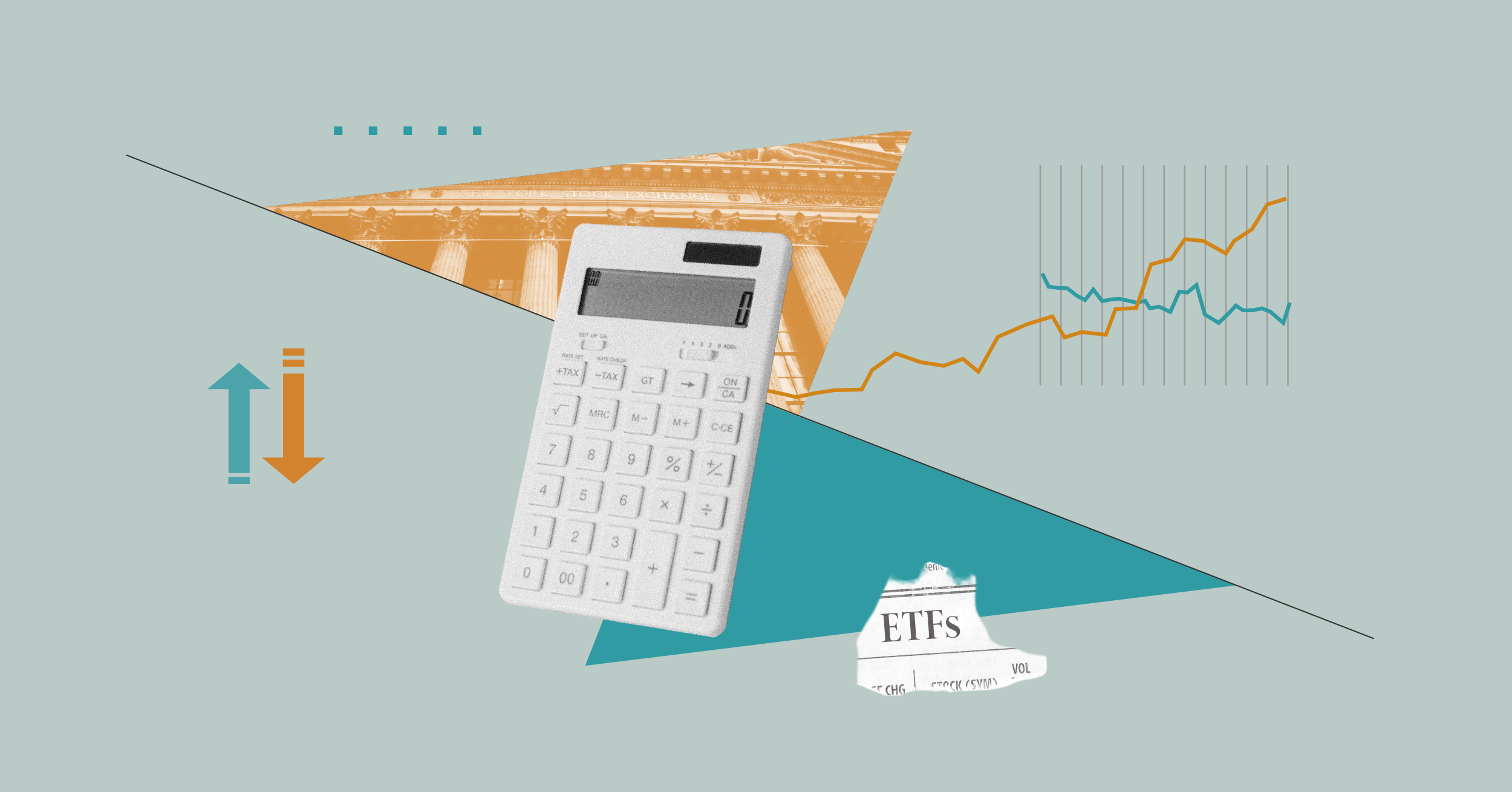
Investment trusts are an ever-popular way for UK investors to achieve their financial goals. At the beginning of each year we rank the best and worst performing funds under our coverage for the previous year. This is written in tandem with our popular top and bottom funds article, which has just been published. That report showed what a difficult year it was for active funds, with only 134 out of 794 fund making positive returns – and just 21 of these getting into double digits. A similar trend can be observed with closed-end funds, where just three out of 40 funds* Morningstar rates made it into the black last year.
In when most major benchmarks were under water – the FTSE 100 was the exception – it’s no surprise to see a wave of minus symbols in the performance column. This is a far cry from 2021, when 29 out of 36 trusts managed a positive return during the year.
“After a run of very good years not just for investment companies but for risk assets in general, 2022 was a reminder that sometimes risk comes back to bite us. The average investment company lost 16.2%, making it the worst calendar year for performance since the financial crisis,” says Nick Britton, head of intermediary communications at the AIC. He adds that trusts have been hit hard by the sharp rotation away from growth and the abrupt end of the cheap money era.
The top three performers in share price terms were Silver-rated Fidelity Asian Values (up 7%), all-weather trust Ruffer (Bronze rated, up 6%) and income-focused City of London (Silver, up 4%).
Speaking of Fidelity Asian Values, Morningstar analysts say of the fund’s approach: “The process involves identifying well-run companies in attractive industries with particular attention to their valuation. A principal criterion is the preservation of capital, so manager Nitin Bajaj will focus on buying businesses where he thinks there is a significant margin of safety in the price.”
In style terms, the trust is skewed towards Asian mid-cap and value stocks, which outperformed last year in the flight from large-cap growth.
A number of highly rated trusts lost up 10% in share price terms last year, including Gold-rated Fidelity Special Values (FSV).
At the other end of the table, Gold-rated Scottish Mortgage Investment Trust (SMT), a popular choice for investors in the tech gold rush, the £10 billion trust lost 45% in share price terms last year. The trust topped the leaderboard in 2020 with a share price gain of over 100%. Current top holdings include Moderna (MRNA), with an 8.8% weighting, Tesla (TSLA) and Dutch company ASML (ASML), both making up around 6% of the portfolio. The trust’s early faith in Tesla paid off handsomely, especially in 2020 when the EV stock surged over 800%.
Shares peaked at just over $400 in November 2021 but they are now at $110, and have lost nearly 70% over the year. There are multiple factors at work: owner Elon Musk’s entanglement with Twitter and the rejection of all things “tech” by the market – as someone said on social media last week, Tesla has stopped becoming a tech company and is now valued as a car company. Market gravity is also at work – when a stock becomes the focus of investor mania, the hangover can be severe. The technical phrase is “reversion to the mean” but the simple lesson that investors learn is: what goes up, must come down.
Scottish Mortgage shares company with a number of trusts nursing 30%+ price losses in 2022: abrdn UK Smaller Companies Growth (rated Silver), Baillie Gifford Shin Nippon (Silver), BlackRock Smaller Companies (Silver), JP Morgan Japanese (Gold), TR Property (Silver), Edinburgh Worldwide (Silver) and Montanaro European Smaller Companies (Bronze).
Investors may not take too much solace from this now but the pain was evenly spread last year, spanning regions, sectors and styles. Even the best rated trusts had a bad year, but once you look at longer-term performance figures, the picture looks brighter. Many of these funds managed double-digit returns on an annualised basis over 10 years, which is a great result for those who held them over a decade.
The Association of Investment Companies polled trust managers in November and they backed energy, IT and healthcare to outperform in 2023. In terms of regions, 25% of managers backed the UK to do well next year, 19% went for the US and 10% voted for China and emerging markets. Sector-wise, mid-cap equities are predicted to be the best performing asset of 2023 (29%), followed by with large-cap equities (12%). A rebound for large-caps would be in marked contrast to 2022 when the style really struggled.
Methodology
This year we’ve taken the share price change in 2022 rather than the change in the net asset value (NAV). To calculate this we’ve taken the closing price on December 31, 2021 and compared that with the closing price on the last trading day of 2022, December 30, 2022. This may not be the perfect way of measuring performance, especially factoring in gearing, premiums/discounts, costs, dividends etc. But it reflects the reality of the average investor buying and holding a trust over and year and checking their portfolio for the annual gain at the end of the period. Also, an investor can quickly check the “live” price of their trust during market hours with a quick internet search.
Investment trust share prices can trade above or below the underlying value of the portfolio’s assets, leading to premiums and discounts to NAV, which are usually quoted in percentage terms. We’ve shown the premium/discounts in a separate column. After a bruising year for trusts, is now a time to buy?
“Buying a trust at a large premium, essentially means you are paying more than the portfolio is worth. Buying shares at a steep discount can represent a great buying opportunity as over time the gap may narrow. However, in some cases – such as trusts that hold illiquid assets such as private company shares – the discount may also reflect market scepticism towards the valuations being placed on the underlying holdings,” says Jason Hollands, managing director at Bestinvest.
- JP Morgan Emerging Europe, Middle East and Africa Securities (JEMA) is currently under review





























